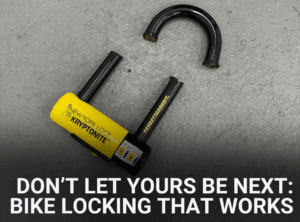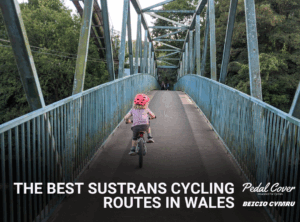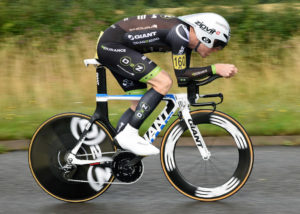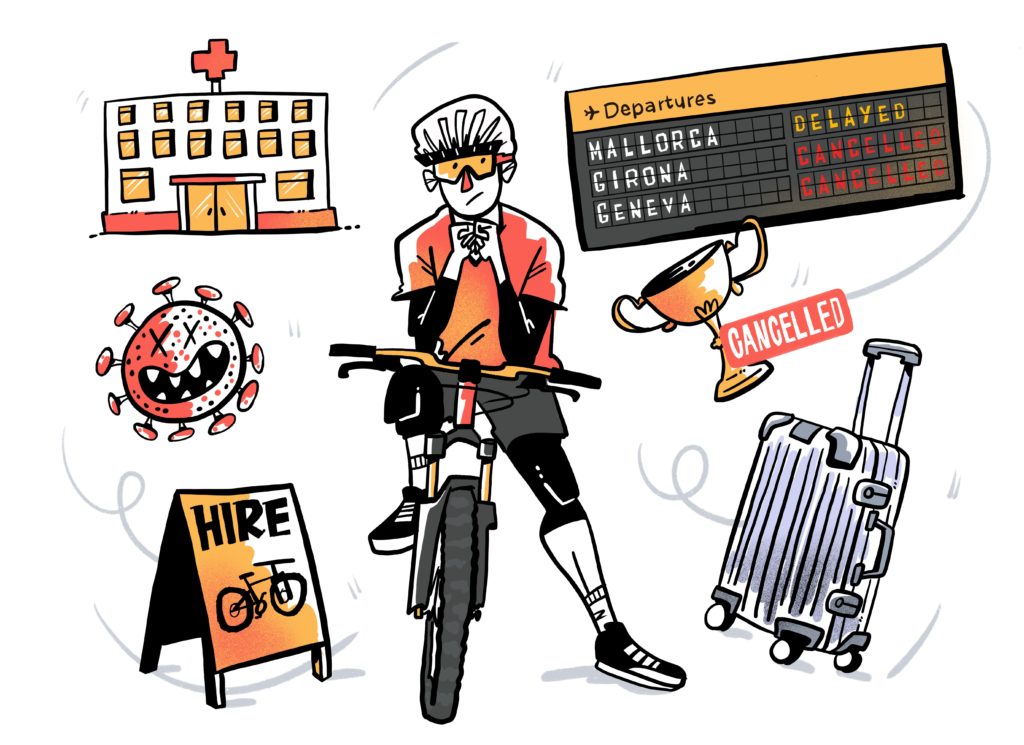Choosing your next bike just got more complicated! Electric bikes, or ebikes, have grown rapidly in popularity over the past couple of years, and many cycling fanatics are starting to appreciate that having a decent ebike in the stable is a fun option. There are ebikes for all tastes and budgets, from town runabouts, to powerful electric mountain bikes, or eMTBs.
But with so many options available, what should you consider before committing to buying your first ebike? Our ebike buyers guide will help you make sense of the terminology and technical options. Although ebikes share many similarities with their traditional counterparts, there are some things to bear in mind.
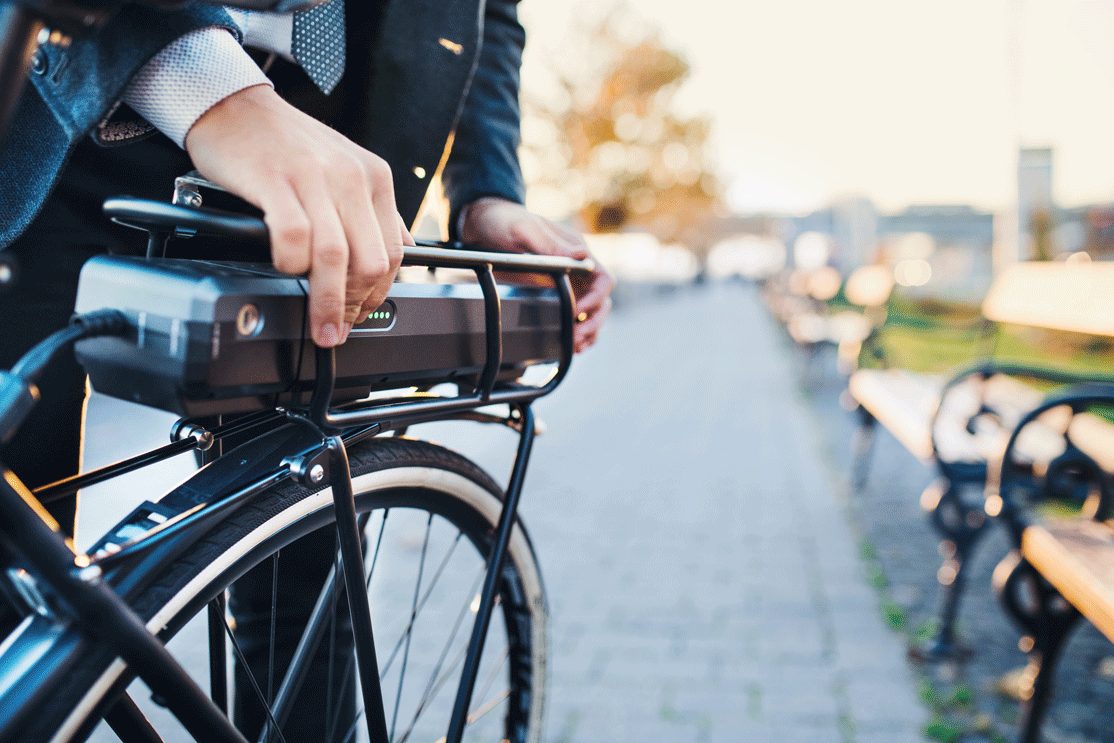
Your riding style
Of course, the first thing to bear in mind is, what are you going to be using your new ebike for? Commuting to work on your urban ebike will be so much easier (and you’ll arrive less sweaty too). Or, if you like mountain biking, you’ll find an eMTB will help you cover much more ground in the same amount of time.
There are also options from folding ebikes, to e-road bikes which can be used for commuting or long-distance rides.
What size battery does your eBike need?
The size of the battery on an ebike, which relates to how far the battery can go on a single charge, is often measured in Watt hours (Wh), or amp hours (Ah). You’ll likely spot that manufacturers will specify the range of a battery alongside the watts or amps, although this is subject to all sorts of variables such as road conditions, assistance level and rider weight.
A fairly standard size for most ebike batteries is around 400-500 Wh, although you’ll see smaller capacities around 180 Wh and anything up to 1000 Wh. To understand the mileage you’ll get from your battery (very roughly), you can divide the wattage by 15 (some say 20) to give you an average on full assist mode. So, a 500 Wh battery could get you anywhere between 25-33 miles at full pelt.
Mid drive vs Hub drive
Using a hub drive, the motor sits directly in the centre of the wheel, which can be the front or rear. This means that the power assist is delivered directly to the wheel, which avoids affecting things like gears, chains or pedals. A wheel with a hub drive unit will be connected to the battery, meaning if you need to change a tyre or fix a puncture that you’ll also need to disconnect the electric unit.
With a mid-drive, or crank drive, the unit sits between the pedals for more central weight distribution. The motor then distributes the power through the chain and gears, which is much more efficient on steep hill climbs. Using a mid-drive motor means you can use standard wheels and tyres without any hassle.
Hub drive (wheel mounted) motors are ideally suited to road bikes and are normally the cheaper option. The mid drive, or crank drive unit is the more expensive option, usually found on higher end ebikes and eMTBs.
Assistance levels
With an ebike you can, of course, choose the level of power assistance, with each mode adding an extra percentage to your pedalling. Most bikes give between three and eight assist levels, adding anything from 40% up to 300% to your pedal power. These typically include:
- Eco
- Tour
- Sport
- Turbo
A typical mid to high-end ebike will have five assist levels, often including a walk assist too, which can come in handy when pushing that weighty frame along the road (which we all need to do sometimes!). Depending on your model of ebike, the assistance level can be accessed either from a simple switch (like traditional bike gears), or via a digital interface, often mounted on the handlebars.
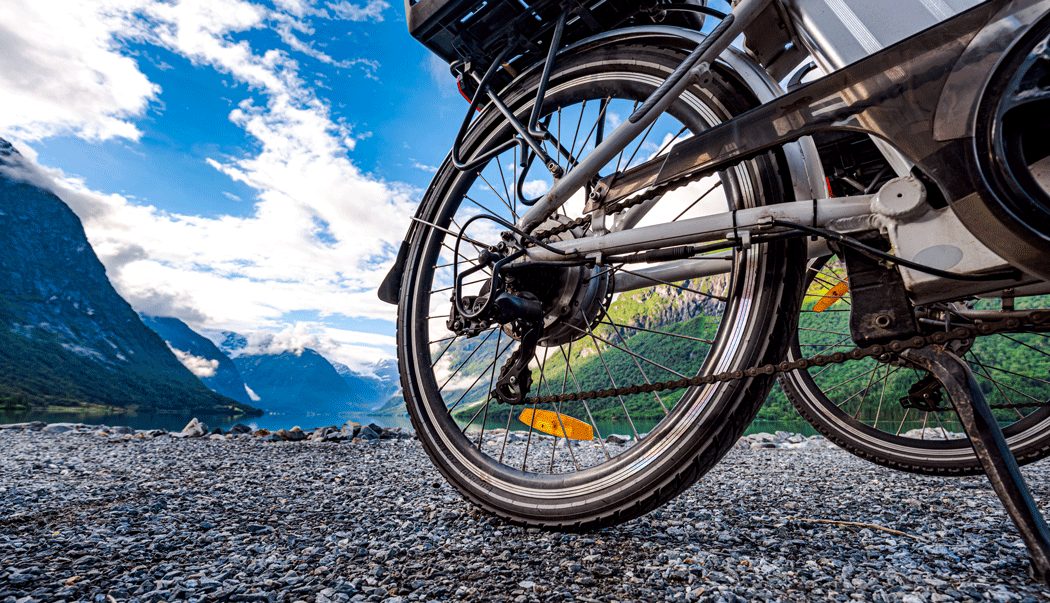
Rotation (cadence) Sensor vs Torque Sensor
The type of sensor your ebike uses will often depend on the price level, with high end bikes tending to use torque sensors. Put very simply, the rotation or cadence sensor on an ebike acts like a switch. When you start pedalling, your assistance level is activated and the battery does its bit to help.
With a torque sensor, the motor takes into consideration extra factors like the speed and pressure of your pedalling. The higher the force of your pedalling, the more power assistance is delivered. A clever bit of tech, which is of course why these are found on the pricier models.
An extra consideration: eBike Insurance
With the extra components and cost, you’ll want to take care of your ebike just like any of your other high value possessions. Electric bike insurance gives you protection for both theft and accidental damage, meaning you don’t need to worry if the worst should happen.
Here at PedalCover, we specialise in home content insurance that also covers your bikes, including ebikes. If you’re out and about on the road, or you’re taking your bike overseas, our unique insurance policies cover ebikes, eMTBs and your home contents in one manageable, cost-effective policy.
Protect your brand new electric bike with PedalCover’s ebike insurance. Get your quote today.

